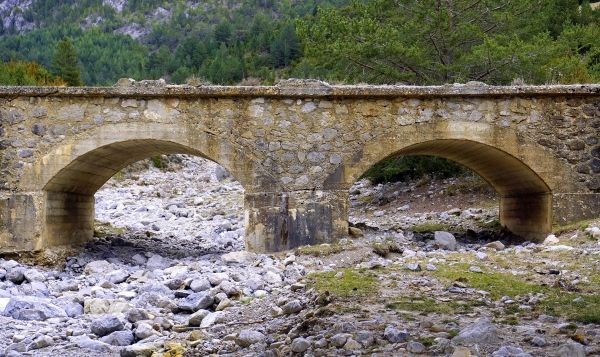A new study led by researchers from McGill University and INRAE found that between 51-60% of the 64 million kilometres of rivers and streams on Earth that they investigated stop flowing periodically, or run dry for part of the year. It is the first-ever empirically grounded effort to quantify the global distribution of non-perennial rivers and streams. The research, which was published today in Nature, calls for a paradigm shift in river science and management by revising foundational concepts which traditionally assumed year-round water flow in rivers and streams. The map of non-perennial rivers resulting from this study, the first of its kind, also provides crucial baseline information for the assessment of future changes in river flow intermittence and for determining and monitoring the role of these rivers and streams in global water and biochemical cycles, as well as in supporting biological diversity.
“Non-perennial rivers and streams are very valuable ecosystems as they are home to many distinct species that are adapted to cycles of water presence and absence,” says Mathis Messager, first author of the study and PhD student both in Geography at McGill and at the French National Research Institute for Agriculture, Food, and Environment (INRAE). “These rivers can provide critical water and food sources for people and they play an important role in controlling water quality. But more often than not they are mismanaged or altogether excluded from management actions and conservation laws as they are simply overlooked.”
Read more at: University of McGill
Photo Credit: JosepMonter via Pixabay


